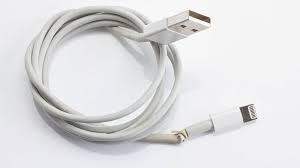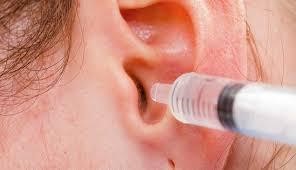After harvesting, growers have to put their buds through a curing process. This is a critical step to the final product and helps to increase taste and smoothness and reduce harshness. The curing process involves drying trimmed cannabis buds slowly and storing them in airtight glass jars over a few weeks. It also helps to preserve key cannabis molecules like terpenes and THC.
Temperature
Curing cannabis is a process that takes place in airtight containers and helps to preserve terpenes, increase shelf life, and eliminate harmful bacteria. It also helps to create a more refined flavor and reduces the risk of mold formation. The temperature at which cannabis is cured is crucial for the final product. The ideal curing environment is a temperature of 70 degrees Fahrenheit or 21 degrees Celsius and a humidity level of 60 to 65 percent.
A good curing environment also encourages the decomposition of sugars and chlorophyll that can taste very unpleasant when smoked. This is essential to preserving the final product’s quality and ensuring that it remains fresh for as long as possible without losing its aroma, flavor or potency. In addition, curing allows for the creation of more THC and terpenes. These molecules provide the distinctive aroma and flavor that many consumers have come to love from a well-cured crop of marijuana. In the early stages of the curing process, buds should be placed in airtight containers filled to around 75% capacity. To test if your jars are ready for curing, shake them gently after filling them with buds and observe whether they rattle or clump together.
Time
The cannabis curing process is a vital step that safeguards both the plant and the final product. It ensures that terpenes and cannabinoids are properly preserved, which improves their flavor and potency. Curing also helps reduce the harshness of chlorophyll, which can degrade and rob terpenes of their unique flavor. Like any other perishable food, cannabis is prone to rotting and degradation if not cured after harvest. Proper curing encourages enzymes and aerobic bacteria to break down excess sugars, starches and excessive nutrients before they get the chance to spoil.
To begin the curing process, place dry buds in airtight containers filled to around 75 percent capacity. One way to test whether the jar is ready for curing is to shake it; if the buds rattle freely, they are likely to dry enough to be cured. Once the jars are in the correct curing conditions, open them several times a day for a few days to allow air in and out of the jars. This practice is commonly referred to as “burping” the jars.
The length of time that a marijuana bud needs to be cured depends on various factors, but it’s generally recommended that you don’t let it cure for more than three weeks. However, more extended curing periods, up to six months, can further enhance the flavors and potency of a strain.
Humidity
To achieve the best possible results, you must control the humidity in your curing room. This will help to ensure that your buds dry at the optimal level, which in turn helps to cure them faster and better.
The ideal environment for drying cannabis is a dark room at a temperature of 60-68 F and a relative humidity of 55-65%. This allows for proper moisture evaporation within the buds while preserving the volatile terpenes that make the plant smell and taste so great. However, you must also remember that it is imperative not to dry the buds too quickly. If you do, some of the chlorophyll (green pigments) found in the leaves and stems will not evaporate and will end up in your final product. This is why a hygrometer is a valuable tool for monitoring the humidity level in your curing room. It will allow you to know exactly how close to the perfect level your buds are at all times.
Light
Cannabis flower is brittle and prone to the same rot and degradation as other perishable food, so they must be dried and cured before it goes into storage jars. Curing is a preservation technique that involves gradually removing moisture under controlled environmental conditions to make the final product more shelf-stable. The curing process takes weeks but can be as long as several months, depending on the strain and the grower’s preferences. This is an important part of the process as it ensures that all of the sugars and chlorophyll in the bud are broken down slowly without affecting the cannabinoids or terpenes. It also allows terpenes to fully mature, which changes how they affect you when you smoke them. When you start smoking cured buds, you will probably notice that they have a more refined flavor and aroma. During the curing process, growers keep the jars in the dark, controlled environment at 40-50 percent humidity and a temperature below 70 degrees for a week or several months. The jars should be opened regularly to let gases escape and allow oxygen to enter.















+ There are no comments
Add yours